|
Before and after view of Carrie Dyer House in Acworth The Carrie Dyer Reading Club was established in Acworth in 1898. In 1910, the group purchased a c. 1850 house in downtown Acworth for use as a clubhouse. The house was used to host lectures, special events, and dances, and also served as a meeting place for local organizations such as the Girl Scouts of the USA. The Carrie Dyer Reading Club also operated a library in the home which merged with the Cobb County-Marietta Public Library System in 1963 after a new public library was built nearby. The home then returned to residential use. The following years were not kind to the home. After decades of neglect, the home was purchased by a developer, and plans were drawn up in 2017 to replace the home with a modern structure. Cobb Landmarks immediately contacted the City of Acworth. Cobb Landmarks felt that retaining the original front rooms and facade of the structure was extremely important. The depth of the lot would allow for a substantial modern addition while the front facade and main front rooms could be retained. Acworth Mayor Tommy Allegood heard our concerns and decided to take off his mayor hat and put on his builder hat, purchasing the home and remodeling and enlarging it for a modern buyer. The preservation decision was easy because of the wonderful impact the Carrie Dyer House has had on the generations of citizens that have lived in our city. Today the Carrie Dyer House is a wonderful example of how to preserve our history by blending old with new... ."
1 Comment
MARIETTA, GA, October 11, 2018 - Marietta's c. 1845 Martin Slaughter House was recently at risk of being demolished. After a rewarding discussion with the developer, Traton Homes, plans were revised so that the house can remain as part of the new residential community. Furthermore, Traton now plans to rehabilitate the house as a private residence. Cobb Landmarks will provide recommendations for preserving historically significant aspects of the house.
Listed in the National Register of Historic Places, the Slaughter House is one of only a few remaining homes in Marietta dating back to the 1840s. "The importance of saving and preserving this home cannot be understated," said Cobb Landmarks Executive Director, Trevor Beemon. "Cobb Landmarks looks forward to working with Traton Homes on this project." ABOUT COBB LANDMARKS: For over forty years, Cobb Landmarks has served as a catalyst for community preservation action, working with policy makers, developers, and others, to preserve local history. When historic buildings are torn down or allowed to deteriorate, a part of the past disappears forever. When that happens, people lose opportunities to live and work in the kinds of interesting surroundings that older buildings can provide. By protecting and enhancing the buildings, communities, and landscapes that tell America's story, preservation allows individuals to have physical contact with the places where the region's identity was established and community's character was shaped. One such building is Marietta's c. 1845 Dr. Martin Slaughter House. ABOUT TRATON HOMES: Family-owned Traton Homes is headquartered in Marietta, Georgia. Founded in 1971 by brothers Bill and Milburn Poston, Traton Homes is one of metro Atlanta's oldest home building companies. Traton is also one of the most innovative, combining traditional building practices with a passion for the latest systems and styles. From full-featured townhomes to single-family estate homes, Traton builds outstanding quality and value into every home. 581 Kennesaw Avenue NW, Marietta, GA
$2,499,900 | 5 bed | 4.5 bath | 5,407SqFt | 5.5acres Oakton, a 5.5-acre estate that includes Marietta’s oldest surviving house, is back on the market. The house was built around 1838 by Judge David Irwin, and it served as the headquarters for Confederate Major General William W. Loring during the battle of Kennesaw Mountain in 1864. Oakton is one of the most historic estates in all of Georgia. A masterful combination of architectural styles, the five-bay stucco facade features octagonal bay windows, ornamented porch posts, a dramatic entry with a decorative glass transom and sidelights, and deep gabled dormers. The landscape includes boxwood gardens that date from the 1870s and outbuildings that have been meticulously restored and maintained. The following speech was written by Marietta resident Douglas M. Frey and was delivered to the Marietta City Council on September 13, 2017:
My name is Douglas Frey and I live on Trammell Street, which is within walking distance of here. I’m in Councilman Johnny Walker’s ward. I moved here with my wife from East Cobb almost twenty years ago because of a house, an historic one, and it’s that house that keeps us here. That and Marietta Square and Kennesaw Mountain and the historic houses on Church and Cherokee Streets, and those on Kennesaw and Whitlock Avenues. But it’s more than just pretty houses. It’s the people who built and lived in them, and their stories that intrigue us. It was this curiosity that led me to write a book on Marietta’s architectural history – The Gem City of Georgia. I think you’d agree that it is our history that makes us unique. People want to move to Marietta to be surrounded by our lovely historic homes, even if they don’t live in one themselves. Where else can you eat Sushi in an antebellum warehouse? Panini sandwiches in a former bank? Or croissants from one of the first drugstores in the city? We’re surrounded by history and this is what gives us comfort and creates the incredible sense of community that we can never take for granted. Take away any of those things I just mentioned and the reason for us to stay diminishes. That is why I appreciate this occasion to speak with you about an opportunity that could be as everlasting and bountiful as the acquisition of Glover Park has been to our city. I’m asking you to carefully and sincerely consider saving the historic home known as Oakton through its purchase. Oakton is older than the William Root House, the Kennesaw House, the Archibald Howell House, Tranquilla, or Brumby Hall. It was built not long after the founding of our city, so its history begins with the removal of the Cherokee Indians, and spans “The War Between the States,” where it was occupied by Confederate and Union soldiers. When Marietta began to recover from the war, Oakton attracted coastal elites, who remodeled the home into its current style and used it as a summer retreat for many decades. And Oakton has been lived in and lovingly cared for by the same family for nearly 80 years. It is Marietta’s oldest home and twenty years from today, will celebrate its 200th birthday. Two hundred years is a big deal. Oakton is arguably the city’s most historic house and we are in peril of losing it. And if that sad prospect were not enough, the home sits on a treasure trove of ancient oak trees and a boxwood garden that was planted in the 1870s, a garden still flourishing and one that was so admired it was one of only three Marietta gardens featured in the 1933 book, “Garden History of Georgia.” Of the 160 Georgia gardens featured in the book, Oakton is one of only a handful that survives. Those irreplaceable gardens would likely be lost, as well. Now, I have to tell you that I am uncomfortable being here. I normally don’t believe governments should be involved in projects that could be served by the private sector. But we see time and time again that sometimes, our government has to play an active role in things that we are reluctant to get involved in, but we know would not get done were it not to lead the charge. We see city action in the removing of urban blight on Franklin Gateway and are seeing its revival as we speak. And we see our city preserving our heritage through the declaration of local historic districts and the county actively identifying land to preserve for parks and greenspace. So, as hesitant as I am standing before you, I know in my heart that you believe as I do, that that there are some things that must be fought for so as not to be discarded and forgotten. Marietta continues to grow in population and prosperity. It’s all around us, from the constant expansion of Kennestone Hospital to never-ending improvements on the Square. And one of the major factors responsible for that growth is the historic nature of the city, mainly manifested in its old neighborhoods and houses. Lose one and others are sure to follow. As you perform your due diligence, I want to remind you that the city has successfully cared for Brumby Hall and our first public library, the Sarah Freeman Clarke Library on Church Street. And in our midst is the old Federal Post Office building that now serves our community as a vibrant art museum. These examples may cost the taxpayers money but the value they add to the city cannot be measured. Or can it? In 2013, Cobb County tourism supported 16,210 jobs, generated $1.4 billion in direct tourism spending, and over $30 million in local tax revenue. We may also look to our sister city of Smyrna and its purchase of the Taylor–Brawner House. That purchase has made such a positive impact on the city that Smyrna officials are currently restoring another historic property nearby for its citizens, the picturesque Reed House on Atlanta Road. In Kennesaw, we see the success of Smith-Gilbert Gardens with a historic home that dates to the 1880s. But perhaps the best example of city stewardship of antebellum properties is found in Roswell, which has received national recognition for its efforts and made Roswell a magnet for tourism. Maybe it’s time to begin a new chapter in the history of Oakton and expand its place in our collective memory. I only ask that as you entertain this idea, please imagine the pleasure you’ve had throughout the years driving by Oakton and glancing up through the maze of oaks to the beautiful house on the hill, nestled at the base of Kennesaw Mountain. And, now, think of it gone and ten to twenty houses in its place. That is the reality that confronts us. A vital component of the legacy of The Gem City of Georgia is in your hands. Please help our community save Oakton. Photo by Jim DiVitale Oakton, a 5.5-acre estate that includes Marietta’s oldest surviving house, is at risk of being lost to demolition and redevelopment. The Kennesaw Avenue property has been for sale for over 2 years, and the owners have not yet found a buyer who plans to preserve the historic property. The house was built around 1838 by Judge David Irwin, and it served as the headquarters for Confederate Major General William W. Loring during the battle of Kennesaw Mountain in 1864. The home has spent most of its 179-year history in the stewardship of the Wilder and Goodman families.
Oakton is one of the most historic estates in all of Georgia. A masterful combination of architectural styles, the five-bay stucco facade features octagonal bay windows, ornamented porch posts, a dramatic entry with a decorative glass transom and sidelights, and deep gabled dormers. The landscape includes boxwood gardens that date from the 1870s and outbuildings that have been meticulously restored and maintained. But Oakton has no protection from demolition or redevelopment because it is not located in a local historic district. Preservation of any city’s most historic buildings is an investment in both the past and the future, protecting real places that represent a community’s history so that they may be shared by future generations. Cobb Landmarks & Historical Society, Inc. (Cobb Landmarks) has been preserving, protecting, and promoting the William Root House Museum & Garden for over 20 years, and the City’s other museums also do a fine job sharing Marietta’s rich history. Oakton’s distinguished history and faithful preservation up to the present moment make it a local landmark worth saving. The time to save Oakton as a valuable link between Marietta’s past and future is now, before a contract with a real estate developer puts the house in irreversible jeopardy. Cobb Landmarks encourages the City of Marietta to acquire the Oakton estate as a local historic landmark, joining Brumby Hall & Gardens, the Sarah Freeman Clarke Library, and the City Water Works buildings under City ownership and care. The estate could be used as a community center, house museum and garden, or some other type of public facility. While there is time to determine its long-term public use, the future of Oakton needs to be secured now, before it is too late. Cobb Landmarks calls on the City of Marietta to take this important step. Historic Acworth smokehouse to be reconstructed at the William Root House Museum & Garden in Marietta For years, this historic smokehouse sat unnoticed behind a home on Northside Drive in downtown Acworth. The home, which had been vacant for some time, was purchased by a local developer and was slated for demolition. Cobb Landmarks & Historical Society, Inc. (CLHS), immediately reached out to the developer to see if there was any interest in preserving the smokehouse. The developer had no plans to preserve the smokehouse but was interested in donating it to CLHS. Because of the poor condition of the smokehouse, it was determined that dismantling the building would be safer than moving it in one piece. The bricks were removed and are now being stored. Insurance records from the 19th century indicate that a smokehouse used to stand behind the 1845 William Root House in Marietta. As part of The Next Generation capital expansion project, CLHS plans to use the bricks to reconstruct a smokehouse at the Root House. The smokehouse will be a wonderful addition to the Root House Museum, and will give visitors a better understanding of daily life in antebellum Marietta.
Learn more about The Next Generation project Learn more about the William Root House Museum & Garden
About two years ago, the city of Powder Springs took an important step toward preserving the area’s heritage. Not only did the city purchase the historic Bodiford House on Marietta Street for $175,000 from Superior Court Judge James Bodiford, but it also relocated the Seven Springs Museum, now known as Seven Springs Museum at Bodiford House, there. After a restoration project totaling almost $600,000, the entire house exhibits artifacts and photographs chronicling the area’s history and even has a room designated as a research library. The museum is open on Wednesdays, Saturdays, and Sundays to visitors and researchers. Volunteers from the Seven Springs Historical Society operate the museum. The Bodiford House is a two-story Queen Anne style house with its layout and stylistic application reflecting the Queen Anne designs of the late 19th century. Features include two cross gables, a corner tower, and a wraparound porch. It was built by the Marchman family and later acquired by John L. Butner, who added a second story and additional rooms in 1900. Robert Bodiford, father of Cobb Superior Court Judge Jim Bodiford, purchased the house in 1954. After the city bought the property, an extensive rehabilitation was completed in time for the museum’s opening in October last year.
It seems as though the Big Chicken has been around forever. Standing like a beacon on the corner of Cobb Parkway and Roswell Road, the Big Chicken has helped many a weary traveler navigate through Cobb County. When you’re lost in Atlanta, locals may direct you to Peachtree Street (there are over 70 streets in Atlanta with “Peachtree” in their name). When you’re lost in Cobb, making a turn at the Big Chicken will always get you where you need to go. But how did the Big Chicken come to be? Who was responsible for creating this googley-eyed monument to chicken?
The story begins with an Atlanta restaurateur named Stanley Reginald Davis. Known by his friends and family as “Tubby,” he began his career in 1939 when he opened Davis Brothers Cafeteria in a vacant typewriter shop on Luckie Street. Tubby prided himself on providing quality food at competitive prices. His business quickly grew, and Tubby eventually launched several other successful restaurants, including one inside Atlanta’s Piedmont Hotel. In 1956, Tubby came to Marietta and opened a restaurant called Johnny Reb’s Chick, Chuck and Shake. Wanting to capitalize on the north/south traffic on Highway 41, Tubby decided he needed to erect something to attract travelers. He hired Hubert Puckett, a Georgia Tech architecture student, to design a novelty chicken structure over his restaurant. Fabricated by Atlantic Steel, the 56-foot-high chicken was completed in 1963. “I wanted to build it as high as I could to attract customers,” said Tubby. “I had no idea it would become a landmark.” Tubby continued to operate Johnny Reb’s until he sold the business to one of his brothers. The restaurant was taken over by Kentucky Fried Chicken (KFC) in 1974. At the time, KFC executives (including Colonel Sanders himself) planned to remove the Big Chicken to make the restaurant match their own branding. Persuaded by the Davis family, KFC executives finally decided to keep it. The Big Chicken was safe, and everyone thought it would be preserved forever. But mother nature had other plans. In January 1993, a winter storm blew into Cobb County. The gusts battered the old chicken, and entire sheets of metal were ripped from the structure. When the storm subsided, the chicken stood with gaping holes in her side. Within days engineers were on site to assess the damage. What they found was less than encouraging. The Big Chicken was badly damaged and needed to be completed rebuilt or torn down. KFC had a decision to make: tear down the Big Chicken or spend the $100,000 estimated to rebuild the structure. The answer came down to money, and demolition of the Big Chicken was announced on January 15th. The decision did not go over very well with the people of Marietta. After receiving almost 10,000 phone calls and letters from concerned Mariettans, KFC determined that tearing down the structure was not really an option. On January 27, 1993, KFC Vice President Chuck Rawley announced that the company would “invest up to $200,000 in a new landmark so that the Big Chicken can fly again.” Work quickly began on a new structure, and the restaurant reopened in 1994. Renovated in the spring of 2017, the Big Chicken is one of Marietta’s most popular attractions. The new restaurant features a gift shop and mini museum displaying the history of the Big Chicken and a collection of souvenirs and artwork inspired by the landmark. Continuing long-standing efforts to preserve the historic Wallis House, Georgia lawmakers have again introduced federal legislation that would annex the house and its neighboring eight acres into Kennesaw Mountain National Battlefield Park.
U. S. Rep. Barry Loudermilk introduced HR-3371 into the House of Representatives on July 29. The bill is co-sponsored by Reps. Earl Carter and Lynn Westmoreland. Sen. Johnny Isakson introduced S-1930 in the Senate on August 11, with Sen. David Perdue as a co-sponsor. These bills renew the efforts of Sen. Isakson and former Rep. Phil Gingrey to obtain Congressional authorization to add the land to the park. The property is owned by Cobb County, which has agreed to transfer it to the National Park Service at no acquisition cost if the legislation is passed and signed. Restoration costs, early estimates of which are $800,000, will be the principal costs associated with the project. It is possible that private funding will be sought for some of these costs. The Wallis House, built c. 1853 by Josiah Wallis, has been a Preservation Priority for CLHS for several years. CLHS Chair Abbie Parks wrote to House and Senate Committee members in 2014 urging them to support earlier versions of the legislation, but the bills did not get passed by the full chambers in the last Congress. Executive Director Trevor Beemon wrote to the legislators earlier in 2015 encouraging them to reintroduce the bills. The bills have been read and referred to their respective committees, which must pass them for the bills to reach the floor for full chamber votes. Bills to save individual landmarks are routinely passed in each session of Congress, and here’s hoping that the current session will be the one where the hopes and plans for the Wallis House are realized. Written by Chris Brown |
Cobb LandmarksWe are committed to empowering our community with an understanding of the events, people, and places that formed our past, so that we may all strive for a brighter future. Won't you join us? Archives
March 2024
Categories
All
|
|
You must think preserving local history is important or you wouldn't be reading this!
Did you know we're a 501(c)(3) nonprofit organization? That means we rely 100% on financial support from businesses, foundations, and individuals - people just like you! If you support our mission to share the stories and preserve the places that form our community, please consider getting involved! |
NEWSLETTERSign up with your email address to receive discounts, event reminders, and preservation updates.
|
MOST Viewed Pages |
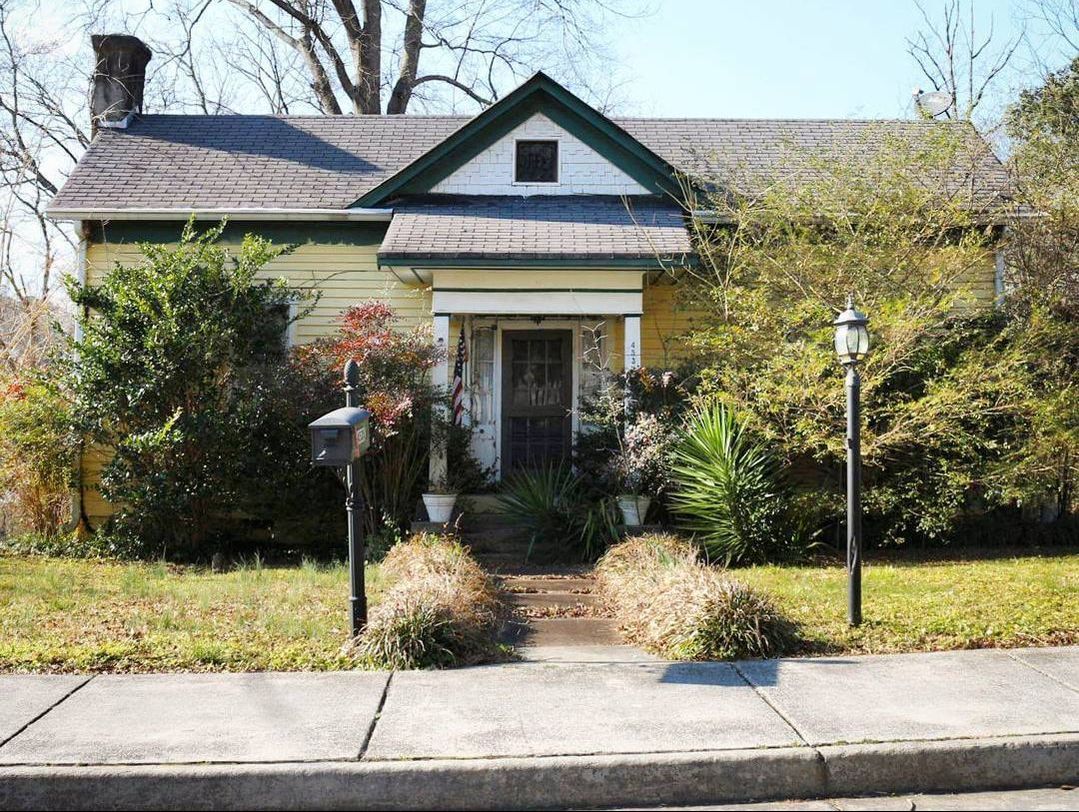
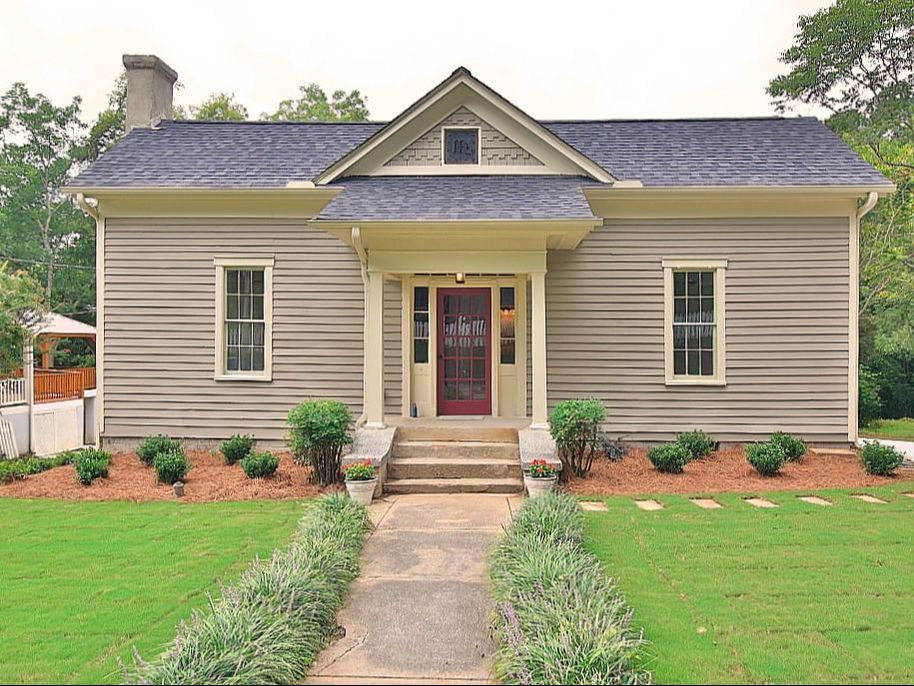
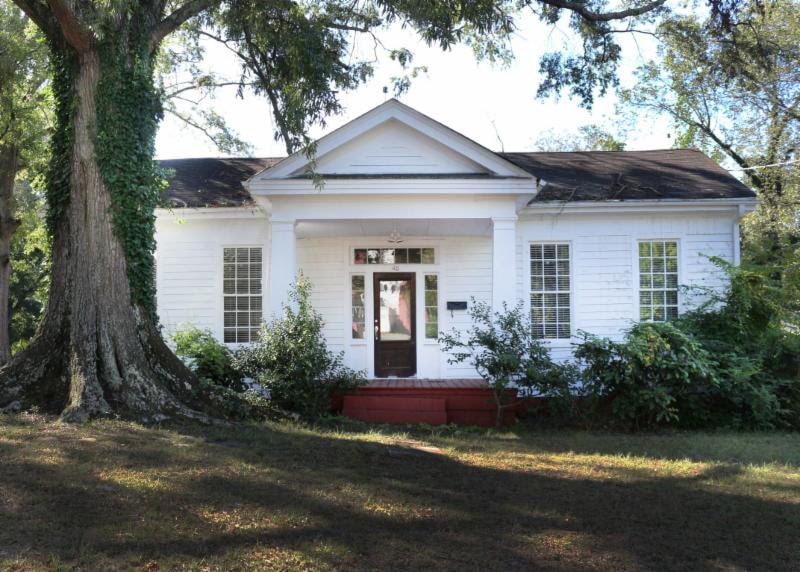
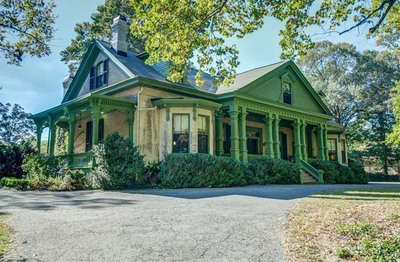
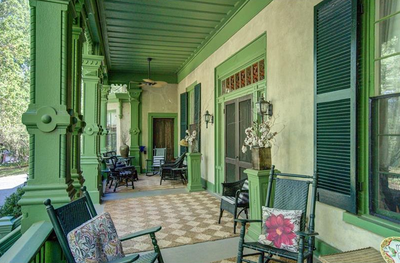
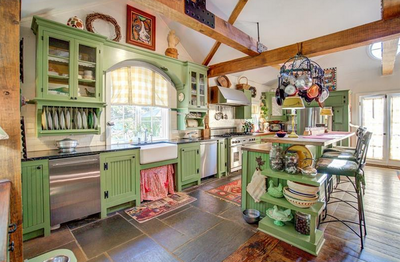
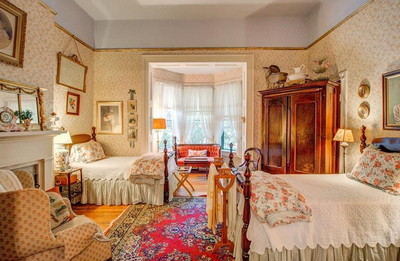
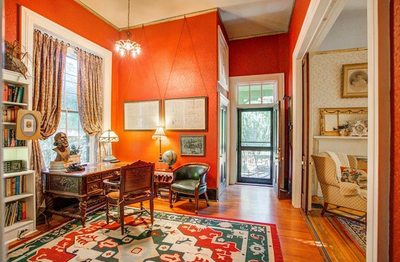
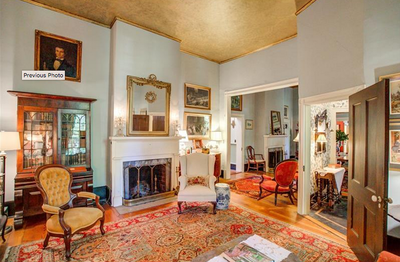
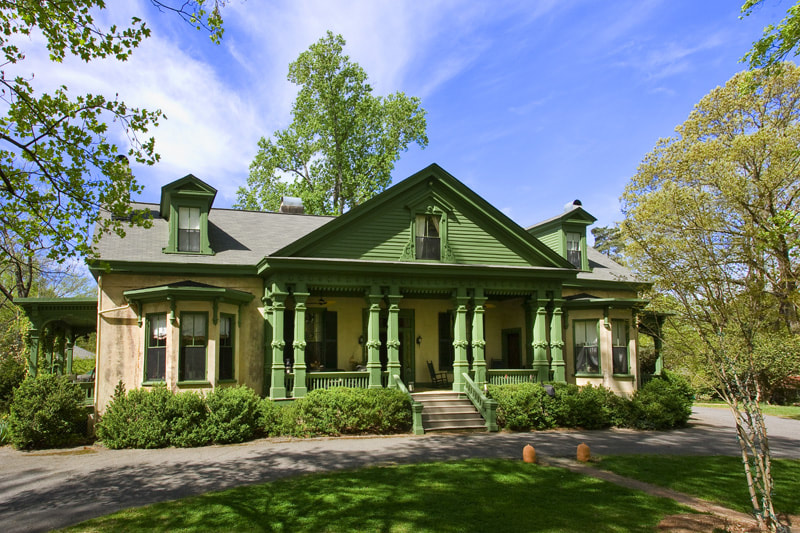
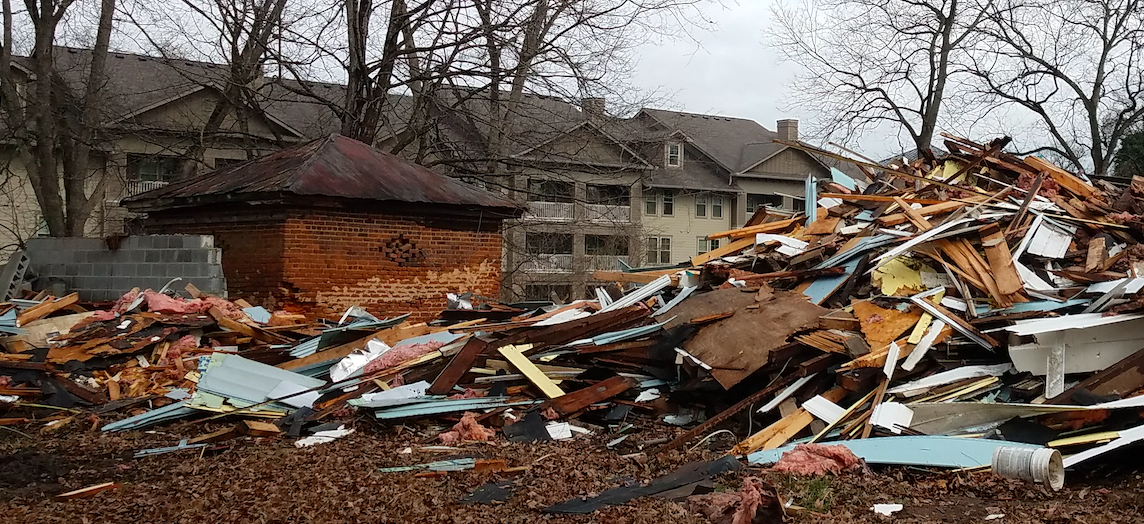
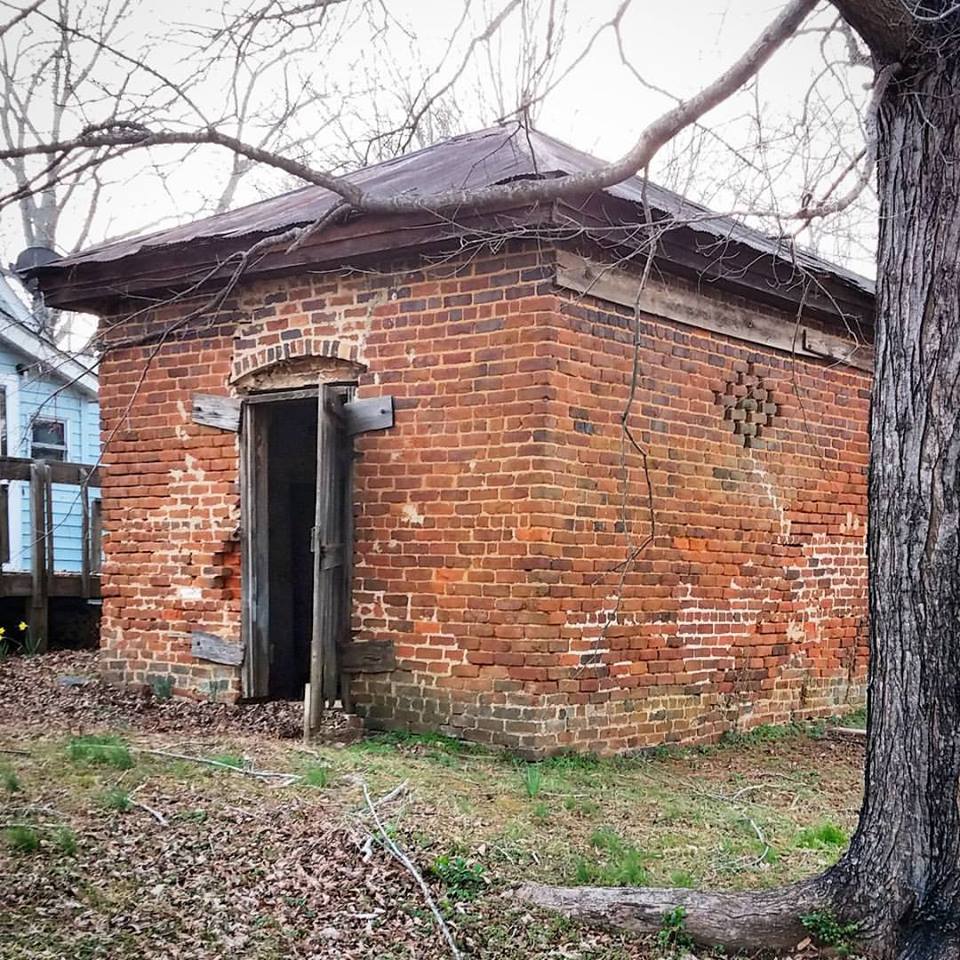
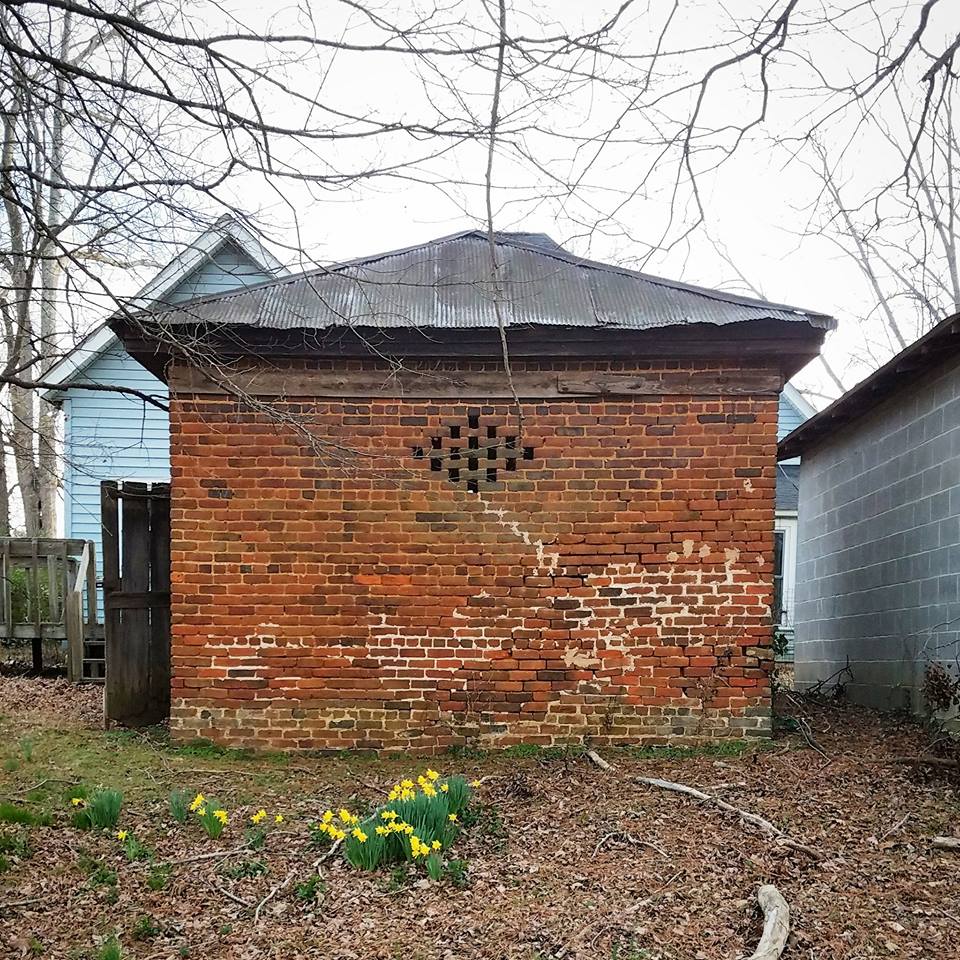
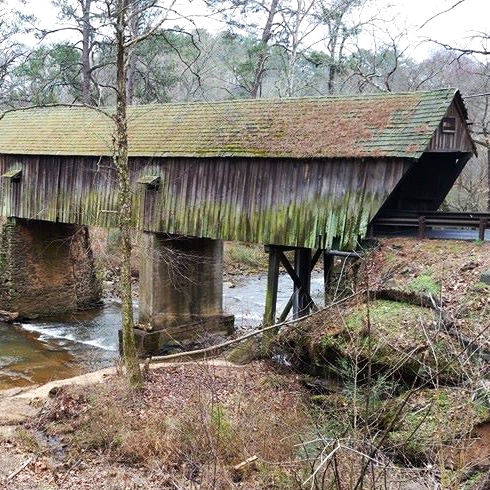
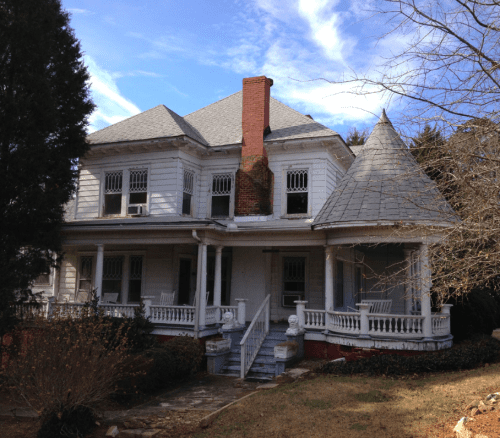
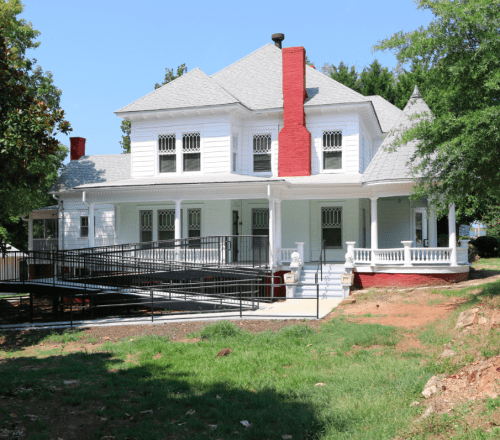
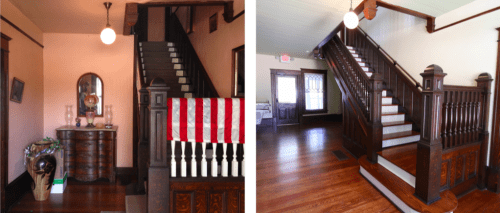
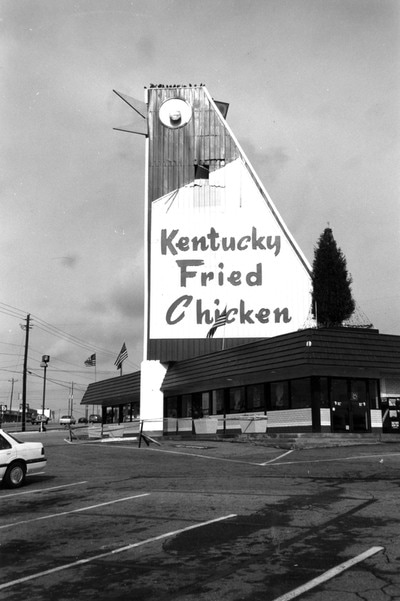
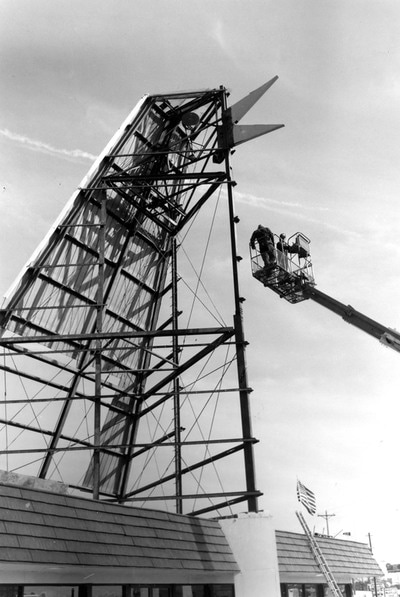

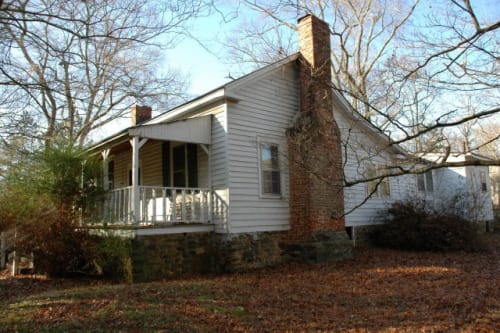
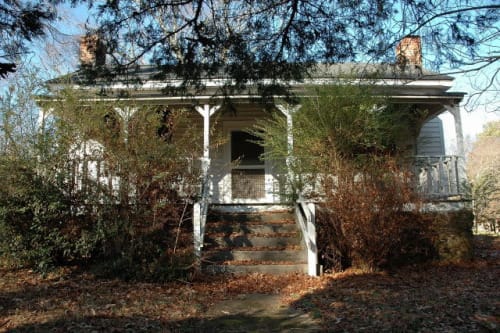
 RSS Feed
RSS Feed
